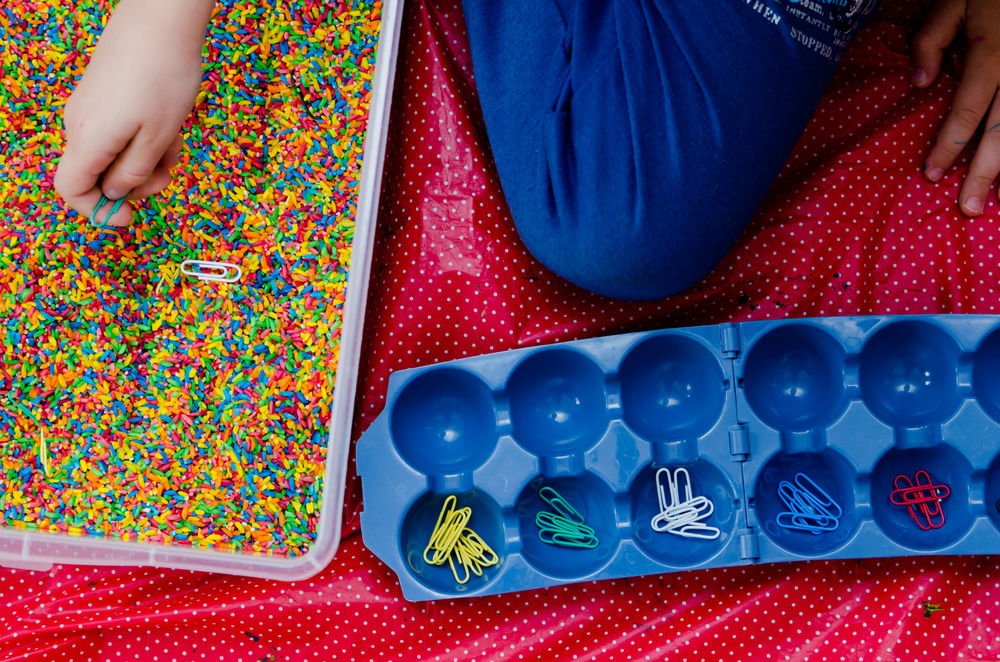The Montessori education system, which has been used for over a century, was developed by Maria Montessori, an Italian education philosophy expert. Born in Ancora, Italy in 1870, Maria Montessori became a medical doctor in 1896. Being the first woman to receive this title in Italy, Montessori turned to the field of psychiatry and devoted herself to the education of children. Doctor Montessori, who works with mentally handicapped children, suggested that the treatment of children is in education, not medicine.
In the education system developed by Maria Montessori, it is aimed that the child receives an education appropriate to his/her interests. Today, people who produce the most creative ideas and have risen to certain positions have been brought up with the Montessori education system. With this education system, where there is no restriction, a free education is offered to children. Today, trainers are trained by the International Montessori Association in England in order to provide Montessori education. This education goes up to kindergarten, primary school and in some countries high school level.
Maria Montessori discovered in her observations that if a suitable environment is created for children and their natural development is maintained, they learn lessons such as reading, writing and mathematics, similar to how children learn to walk and speak spontaneously. In this approach, there are three basic elements of an environment. A group created for children of different ages, teaching materials that are uniquely prepared in line with the needs of the child, an instructor who understands and meets these needs appropriately. In an environment where these features are provided, children can start reading between the ages of 4 and 6.
HOW IS MONTESSORI EDUCATION APPLIED?
In Montessori education, children’s likes and dislikes are determined. In this direction, children whose interests are determined are directed to make free choices. During the education, the student is in the center. Students who start the day with balance walks continue their education with the activities most suitable for them. In Montessori education, where children see themselves as individuals, family, student and teacher are in cooperation. Education is given in line with the student’s learning speed, and knowledge is learned by groping, not by mind. It is ensured that abstract concepts are understood with concrete concepts. Mental concepts are placed in the mind by the method of feeling. In this way, the child who makes the error control himself can make learning independent from the adult. The tools and equipment used in this education system are specific to the system. These; coordination tools, prismatic cubes and triangles, wooden dominoes, weight tubes and similar tools. The materials used vary according to each age level.
KEY FEATURES OF THE MONTESSORI APPROACH
The Montessori education system is a comprehensive education model that can be applied both at school and at home. For this reason, both parents and teachers should know the basics of Montessori education. In schools that provide Montessori education system, children can move around the classroom comfortably. They can use all the areas in the school as they wish and can do the activities they want. Authenticity and naturalness are of great importance in these classrooms. For this reason, materials are used in a real sense. In the Montessori classroom, where there is one for each material, the child has to wait for the material to be finished. In this education system, great importance is given to the development of the child’s aspects such as cleanliness, color harmony, learning to be patient, and individualization. In this system, where the desire to learn and the pleasure of research are offered together, children are natural leaders and are very happy to take on new tasks. Daily life skills, math activities, language development activities, sensory education activities, universal learning activities are the methods applied in this site.
HOW TO ESTABLISH A CHILDREN’S ROOM WITH THE MONTESSORI EDUCATION SYSTEM?
A room suitable for the Montessori education system should act from the point of view of the basic principles of education, that the child can be self-sufficient and see his needs on his own. In a children’s room suitable for Montessori, the child should be able to easily reach the items and use these items independently of their parents. All items that the child will use should be at a height that they can easily reach. When choosing a bed, a bed that allows the child to go to bed without the help of the parents should be preferred, he should be able to make his bed when he wakes up in the morning, and should be able to cover himself while sleeping. Clothes should be hung at a height accessible to the child or placed in drawers within reach. Books should be positioned at eye level and below so that they can be easily reached. Toys should be separated, with each group of toys placed in different compartments or boxes. Montessori education does not adopt the complex arrangement of toys. It is said that this image of chaos will distract the child. There should be a mirror in the room in order to develop body awareness, everything that the child needs to use should be located at a height that he can reach.
